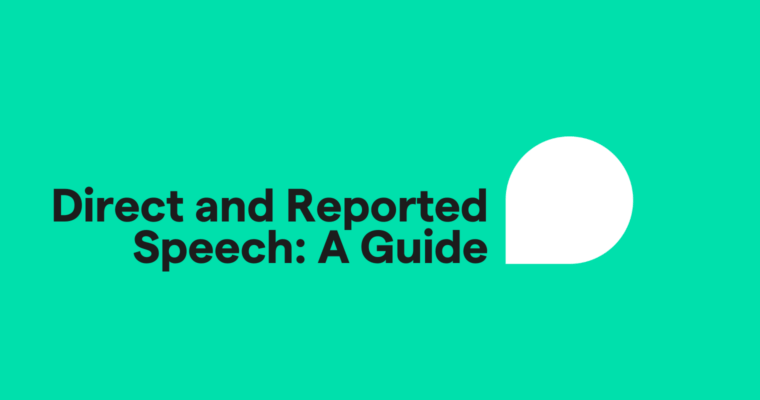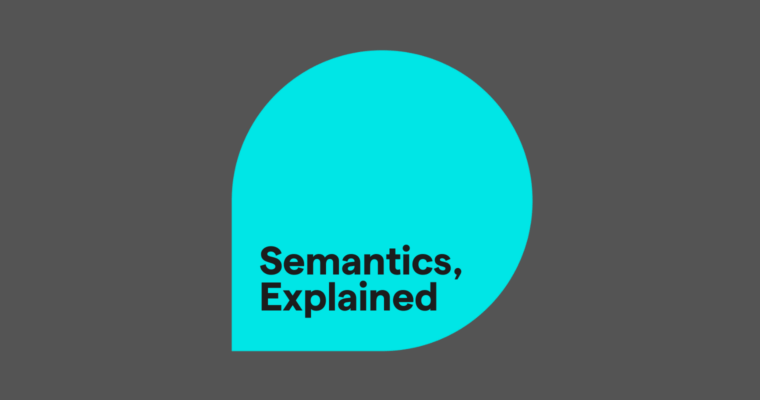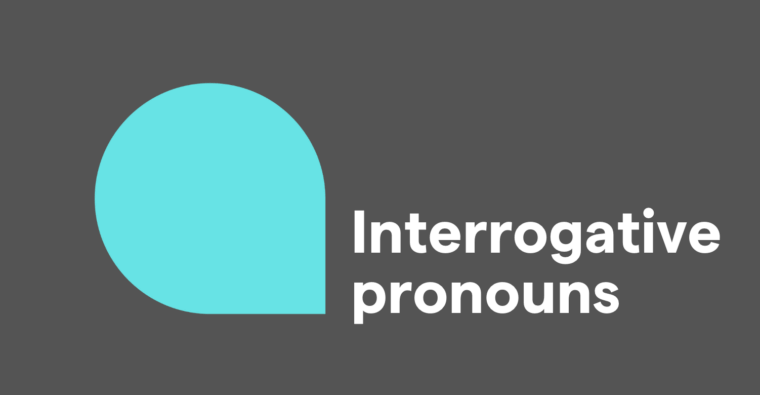Indefinite articles are used when we are referring to an unspecified thing or quantity. We use them when we don’t know (or don’t care) which thing we’re talking about.
There once was a sheep.
Since I don’t know which sheep it was—that is, I don’t know its name, where it’s from, or anything about it—I can’t say the sheep.
How to use the indefinite articles a vs. an
The two indefinite articles in English are a and an. The indefinite article an is used to make pronunciation easier when reading a text aloud. The general rule is to use a when the indefinite article precedes a word beginning with a consonant sound and an when it precedes a word starting with a vowel sound.
1 Use a when the indefinite article comes before a word beginning with a consonant sound:
a toy
a book
a house
2 Use an when the indefinite article comes before a word beginning with a vowel sound:
an operation
an idea
an apple
Indefinite articles a and an exceptions
It’s important to note that not all nouns that begin with a consonant begin with the consonant sound. Always trust the sound, not the letter when applying the a vs. an rule. Remember, it’s about pronunciation. Consider the examples below:
Likewise, there are some nouns beginning with a vowel that make a consonant sound. In these cases, the indefinite article a should be used:
Using a vs. an with acronyms
These same rules apply to acronyms:
Because S sounds like it begins with a vowel (ess), an should be used in front of it.






